The Quantum Leap
Just imagine strolling down a bustling city street: surrounding you are people absorbed in their daily routines. Perched on your nose is a pair of AR glasses, sleek conduits between the digital and the physical. As you survey your surroundings through today’s augmented reality (AR) technology, holographic advertisements and virtual signposts flicker into existence. Although the digital specters impress, they remain disparate from the tactile world—ephemeral and confined to limited interactions. The intelligence their vibrant pixels suggest seems almost out of reach.
The vision of AR beckons, glowing at reality's edge, yet is reined in by its nascent stage—interactive experiences that are intriguing yet feather-light and an artificial intelligence that is, paradoxically, distinctly lacking in genuine sophistication.

Recent examples like IKEA's AR app, which lets you visualize furniture in your space, or augmented tutorials transforming laymen into amateur technicians, are already enhancing lifestyle and productivity.
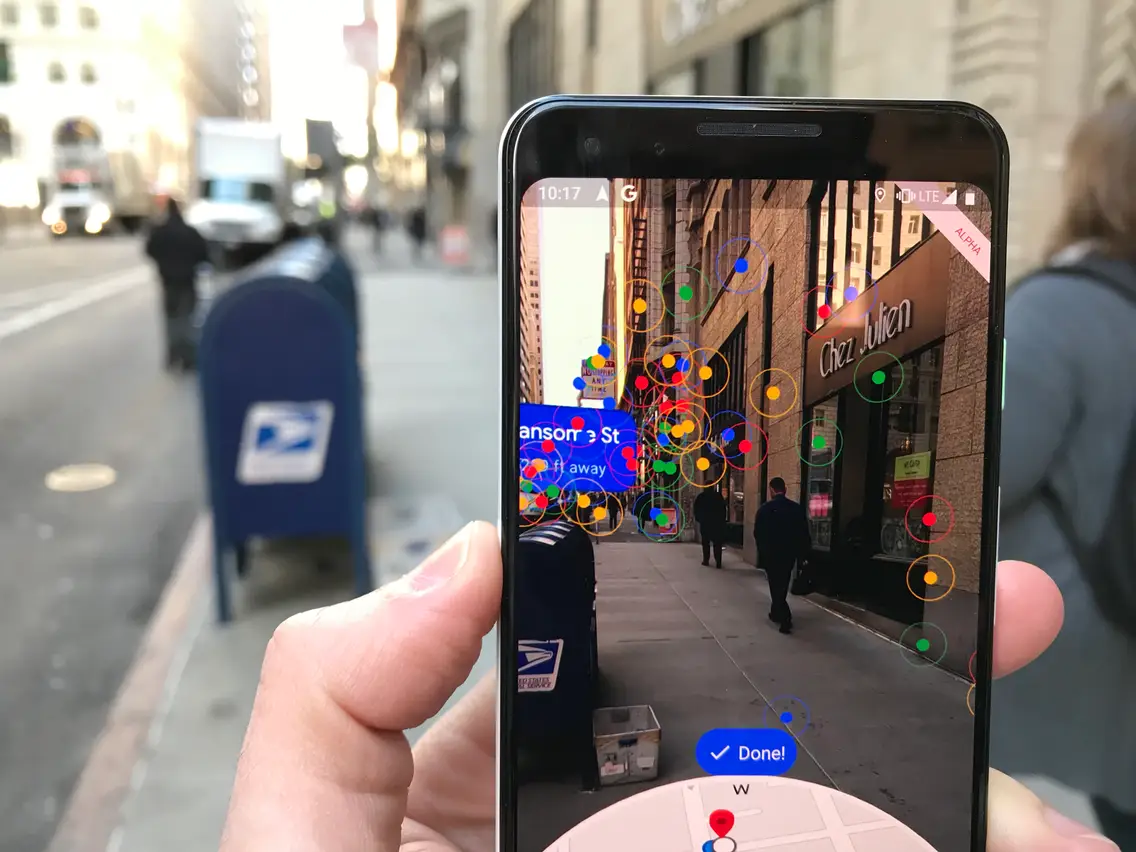
Google Maps' "Live View" feature overlays navigation instructions onto the real world, illustrating how revolutionary AR can be even in its relative infancy.
A Renaissance on the Horizon
Envision now, the threads of quantum computation and spatial computing interwoven into AR's rich fabric. Where unstable and transient virtual attempts once floundered, an integrated experience emerges—a confluence of reality and imagination. With quantum computing's profound ability to perform intricate calculations remarkably quickly, AR may soon possess the ‘smart’ it desperately needs to be in dialogue with our world. Spatial computing will enable precise exploration of our surroundings, seamlessly blending digital and physical worlds.
To place this transition in context, consider Microsoft's HoloLens 2, which leverages spatial computing to anchor holograms in real-world environments, demonstrating the strides toward sophisticated interaction within physical spaces. This was accomplished in 2016 with the release of the HoloLens and then again with their updated HoloLens 2 in 2019.

The features that are present in a recently released spatial headset are up to snuff for 2019 if I do say so myself. The following video has over 55 million views.
Apple Vision Pro
— John LePore (@JohnnyMotion) January 22, 2024
+ Formula 1
= Killer App (?)
a story about:
-design & innovation
-racing royalty
-property theft
and more! pic.twitter.com/6MbLKEDqOB
Seamlessly Blurred Boundaries
Imagine this convergence yielding an experience where reality and augmentation are impossibly intertwined. The prospect arises of grasping a hologram and feeling its response—textures as real as any material object. Could digital entities discern our sentiments, responding to emotional cues and environmental context? Deciphering human intent and surroundings, their reactivity could redefine our notion of companionship and utility. This is the cornerstone of our exploration into the celestial arc or surreptitious s-curve that technology may traverse—how a nuanced advancement in computing could signal a quantum leap for augmented reality.
The Top Articles of the Week
100% Humanly Curated Collection of Curious Content
Laying the Foundation
The current landscape of AR is already a tapestry where digital elements splay across the canvas of our physical world. AR ambitions are lofty: kids chase fantastic creatures down their streets, homeowners transform living spaces into interactive galleries, and instructional holograms assist in complex mechanical repairs.
Advanced AR embedded deeply with geospatial frameworks provides for a plethora of applications and use cases. If you're interested in learning more, this video from Google AR & VR will provide plenty of context and background to apply to whatever you might dream up!
However, today’s flourishes of brilliance are tempered by the technology’s fledgling state—spectacular, yet faint heartbeats away from the vivid promise of what AR could become.
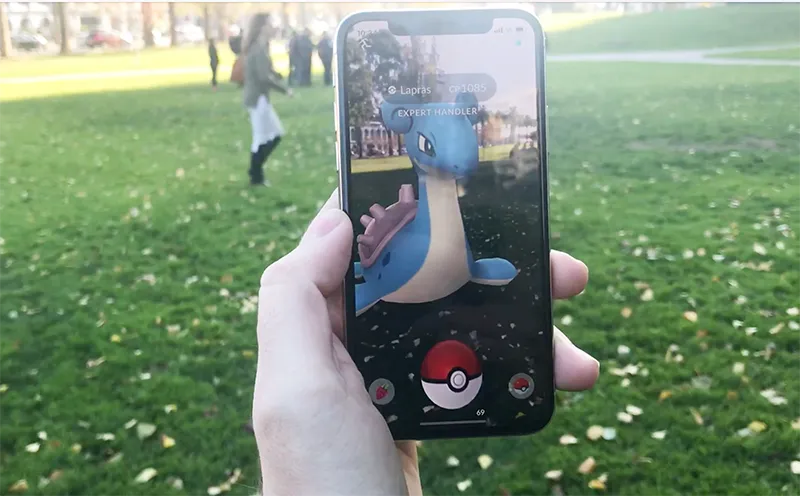
Despite the elegance of interaction when a Pokémon springs to life in a park through Pokémon GO, the user often senses a chasm between the digital character and the park's reality—an unrealized potential lying in the space between.
Drawing the Curtain on Quantum and Spatial Computing
Quantum computing ascends to the stage of AR with the authority of a transformative catalyst. Classic computing operates on bits in binary rigidity, but quantum computing wields qubits, shifting paradigms with states of superposition and entanglement. In lay terms, quantum computing, like the processors heralded in Google's demonstration of quantum supremacy, epitomizes a leap towards loftier computational domains—ones that can bestow upon AR the authenticity and responsiveness it requires to revolutionize our world.

Research articles, such as those emerging from IBM's quantum computing division, attest to the potential advances in cognition-like processing. These could yield holograms that do more than persist on a surface; they mold to textures, contour with light, and flow in seamless synchrony with spatial changes—an authentic choreography between user and the universe of bits.
Enriching AI's Narrative Role
This advance ushers us to the thesis that quantum computing could significantly elevate AI algorithms, developing AR applications into animate agents that captivate and cohere. They'd anticipate and learn—digital companions registering past meetings and nuanced interactions, transforming storefront façades dynamically to reflect remembered user desires. A crescendo of contextually aware and anticipatory dialogue between humans and computers, conjured by quantum empowerment, opens up a world where "augmented reality" is a phrase that scarcely encapsulates the essence of our escalated experiences.
Quantum advances could mean a future where, for example, AI-driven AR in healthcare achieves groundbreaking strides by providing live assistance to surgeons through complex, interactive three-dimensional visualizations of a patient's internal anatomy. The probable impacts of fusing quantum computation with AR echo across various sectors, suggesting not only a new way of comprehending data but also a nuanced method of relational and responsive communication with the digital domain.
Curating the Next Act in Computing
We remember the monolithic mainframes of yore—an era of computing that thrived within defined boundaries, much like today's AR constraints. Each significant leap, from bulky desktops to now-ubiquitous smartphones and ubiquitous cloud-based services, serves as a prologue to what AR teeters on accomplishing. AR's own leap, galvanized by developments is similar to the transition from silicon to quantum, and stands to rewrite our perception of the digital experience.
It is in reviewing these pivotal shifts and observing technology's evolution that we clearly delineate how quantum computing's potential is verging on reality, as evidenced by trials that yield faster, more complex computations.
Redefining Reality’s Fabric
Just as chronicles of innovation chart a course from the telegraph to modern smartphones, so too does the impending amalgamation of quantum and spatial computing predict a drastic metamorphosis in AR. Current technologies like optical head-mounted displays in industries partner elaborate simulations with practical applications, yet we sense that the future witnesses these applications advancing beyond mere simulacra. Quantum computing allows for intuitive predictions and sensitivity to contexts unseen in current models, cultivating not merely a different viewpoint but a wholistic life within augmented narratives. The real genius of quantum computing in AR will lie in its capacity to usher in a new grade of devices—predictive, acute, and sensitive to the delicacies of human preference. A new era of human-body communication (HBC) has already begun.
Quantum-Infused Epoch
In moving beyond speculative blueprints, envision AR grafted onto our very senses: our lived experiences become indelibly entwined with crafted ones. Quantum processors redefine real-time responsiveness; sensor-adorned visors, not just capture, but converse with our environment. Sensory fidelity reaches peaks where engaging with a virtual fauna—its texture, sound, and even its scent—transcends the digital interface, pressing upon the story of our senses in rich detail.
Quantum-infused pathways emerging from laboratories underscore that what we sketch for tomorrow rests on a firm foundation of today's breakthroughs. For example, cutting-edge research in sensor technologies dovetailed with advances in quantum, as reported in MIT Technology Review, suggests that the corridors we venture through in exploring the possibilities of AR are already being paved with tangible innovations.
Charting the Impact and Stewarding the Future
As we stand on the precipice of change, blending quantum and spatial computing with AR constitutes more than a mere incremental step—it signals an era of profound transformation. This pivot in our technological narrative is as momentous as the leap from analog to digital, promising an existence where the digital blends into the natural, breathing context of our lives.
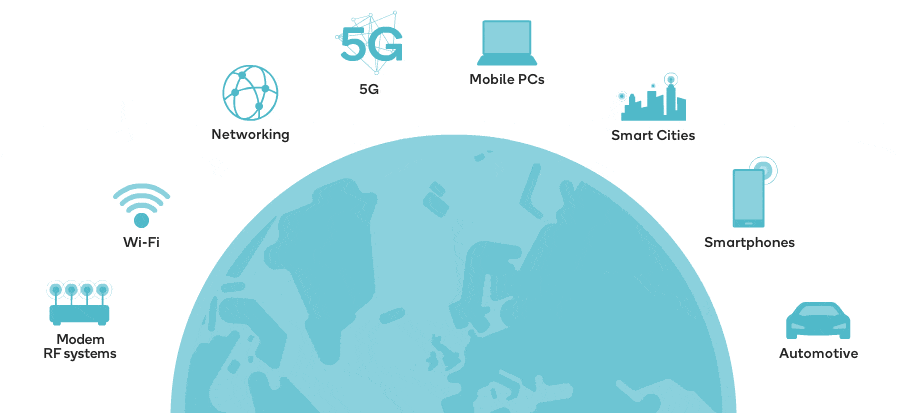
Take, for instance, Qualcomm's advancements in 5G technology which are set to streamline AR experiences, reducing latency to imperceptible levels, and enhancing the richness of interactions. Such foundational technologies will be integral to realizing the quantum leap in AR, ensuring a seamless interplay between data processing and environmental responsiveness.
A Wise Investment of Your Time
List of YouTube videos that captured my undivided attention.
Reflecting on the Path Ahead
This opus of innovation also casts light upon possibilities in disciplines beyond mere entertainment. In education, quantum and AR could mean learning through immersive experiences that adapt to a student's learning style in real time; for architecture and urban planning, the granulated simulation could reshape cities before a single brick is laid. These are mere brushstrokes of the grand tableau that advanced AR technology, underpinned by quantum computation, can create.
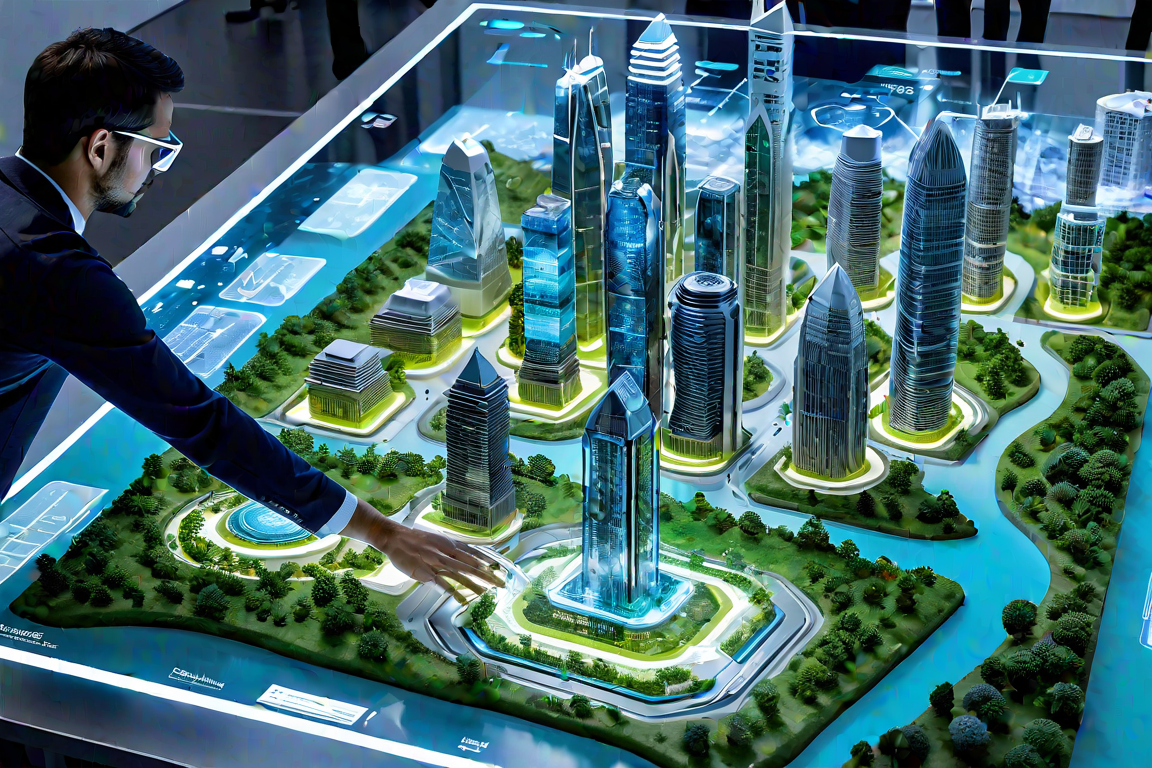
These forward strides will alleviate the complexity of tasks; point an AR device at a malfunctioning object, and receive instantaneous, interactive guidance—highlighting not only the issue but also the solution in situ, profoundly amplifying human endeavors and simplifying daily complexities.
Re-envisioning the Inquiry
As we circle back to our beginning musing—what if reality and augmented experience meld indistinguishably?—we're no longer postulating idly but forecasting the birth of a tangible landscape. The convergence of quantum and spatial computing with AR is charting a course toward a future where the fulcrum of digital interaction is reinvented, where the enrichment of our cognition, creation, and connectivity is not just fanciful imaginings but assured destiny.
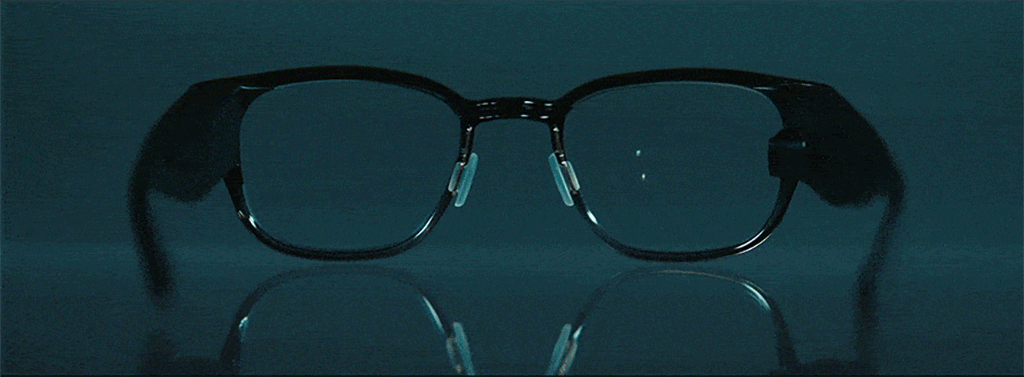
The passage from the current generation of AR glasses to the nascent yet nigh reality-bending lenses is on the cusp. The transition from today's AR glasses to the emerging, almost reality-altering lenses is imminent. Like intrepid voyagers, we stand before an uncharted cosmos that expands not into the void but into an expanse of enhanced human experience. As we embark on this exploration, we remain heedful of the stewardship demanded by this boundless potential—the ethical stewardship, privacy preservation, and the societal ramifications of architecting a domain where reality responds to our desires, a domain crafted equally by nature and our technologies.
As we take this transformative step from AR glasses to the reality-bending lenses of the future, we are tasked with continuing the narrative rather than concluding it. The conversations around potential and caution, between radical innovation and mindful governance, are just beginning. The story of human advancement through AR, spurred by the capabilities of quantum computing, is still being written, inviting us all to contribute to this unfolding saga of exploration, discovery, and responsibility.


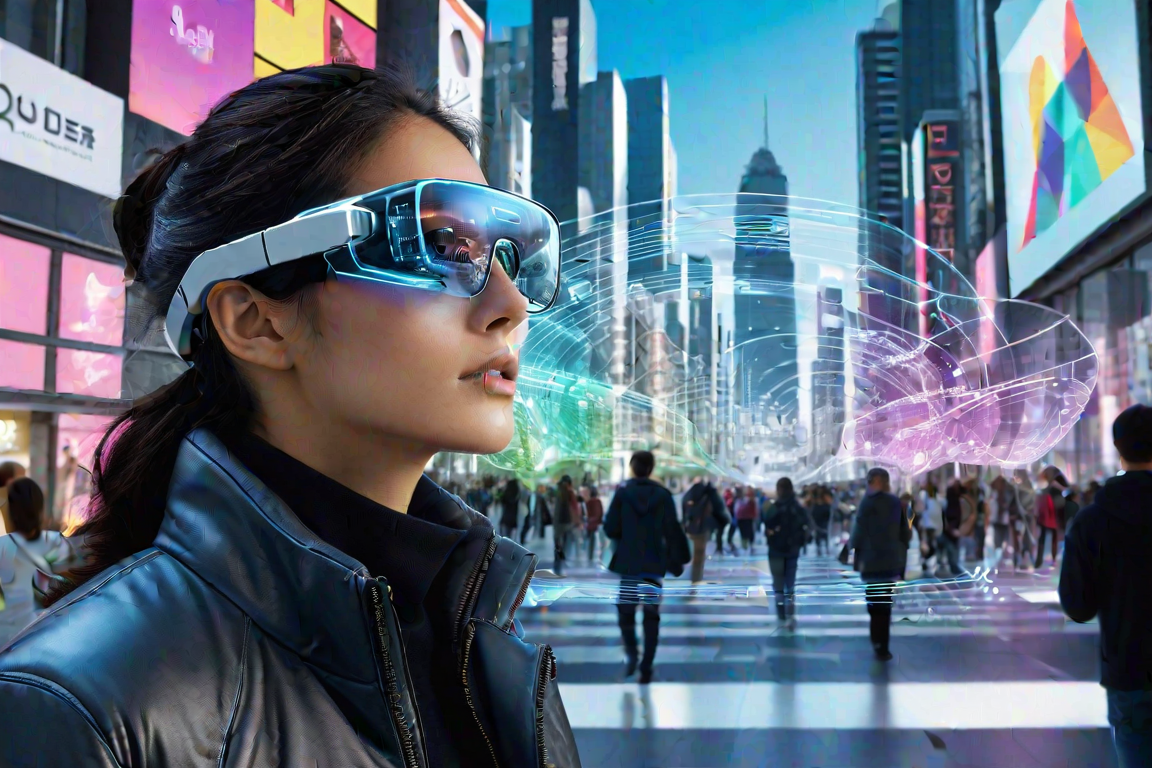






Member discussion